DeepSeek is an AI company creating open-source, high-performance, and cost-efficient Large Language Models (LLMs).
Introduction
The landscape of artificial intelligence is dominated by powerful, yet often expensive, proprietary models. DeepSeek emerges as a formidable disruptor, offering a compelling alternative with its focus on open-source, high-performance, and cost-effective large language models. Developed by a team of researchers in Hangzhou, China, DeepSeek has quickly gained global attention for its advanced capabilities and its strategic decision to make its models “open-weight,” allowing developers to access the full parameters for both research and commercial use.
DeepSeek’s approach is to provide the fundamental AI technology and building blocks for innovation. It’s not just another chatbot; it’s a foundational resource for developers, researchers, and enterprises aiming to integrate advanced language intelligence into their products without the prohibitive costs associated with commercial APIs. Its specialized models excel at complex, technical tasks, making it a go-to for use cases that demand precision and efficiency. DeepSeek represents a significant step towards democratizing access to cutting-edge AI technology, empowering the next generation of AI-driven applications and solutions.
Open-Source
Developer-Focused
AI-Powered
Cost-Effective
Review
DeepSeek is an innovative AI company that has made significant waves in the world of large language models (LLMs) by focusing on creating open-source, high-performance, and incredibly cost-efficient models. Unlike many competitors that operate on a closed-source, subscription-based model, DeepSeek prioritizes accessibility for developers and researchers. Its models, such as the flagship DeepSeek-V3 and the highly-acclaimed DeepSeek-Coder, have demonstrated performance that rivals even proprietary models like OpenAI’s GPT-4 on specific benchmarks, particularly in the fields of coding, reasoning, and mathematics.
The tool’s core strength lies in its Mixture-of-Experts (MoE) architecture, which allows it to achieve state-of-the-art results with reduced computational cost and faster inference. This efficiency is passed on to the user through its token-based pricing model, making advanced AI capabilities more affordable. While DeepSeek may not offer a consumer-friendly, polished front-end like some of its rivals, it is an indispensable tool for developers, startups, and researchers looking for a powerful, flexible, and economical AI solution to build their own applications.
Features
Open-Weight Models
DeepSeek's models are released with open weights, providing full transparency and allowing developers and researchers to use, fine-tune, and build upon them for a wide range of applications.
Specialized AI Models
The platform offers a portfolio of specialized models, including DeepSeek-Coder-V2 for advanced programming tasks across hundreds of languages and DeepSeek-V3 for superior complex reasoning and logical problem-solving.
Mixture-of-Experts (MoE) Architecture
By leveraging an MoE architecture, DeepSeek achieves high-performance results with remarkable efficiency, consuming less computational power and providing a faster inference speed compared to traditional dense models.
Long-Context Processing
With a context length of up to 128K tokens, DeepSeek-V3 can handle and reason over massive amounts of information, making it highly effective for tasks like document analysis and summarization.
API Access for Developers
DeepSeek provides a straightforward API, allowing developers to seamlessly integrate its powerful models into their own applications, services, and products with flexible, usage-based pricing.
Exceptional Coding & Reasoning
The models are fine-tuned on extensive datasets of code and logical problems, giving them a significant edge in technical domains like software development, debugging, and academic research.
Best Suited for
Developers and Engineers
With its open-weight models and API access, DeepSeek is the perfect tool for developers and engineers who want to build custom AI applications or integrate powerful language models into their projects.
AI Researchers
Academics and researchers can benefit from DeepSeek's open-source nature, which provides a transparent and accessible platform for studying, experimenting with, and building upon state-of-the-art AI.
AI Startups
New companies can leverage DeepSeek's cost-efficient models to build scalable AI products without the massive initial investment typically required for licensing proprietary technology.
Data Scientists
DeepSeek's models are ideal for data scientists who need to perform advanced text analysis, extract insights from unstructured data, and handle complex reasoning tasks with high accuracy.
Software Development Teams
Use it to automatically scrape job listings from multiple platforms and gather public profile data to streamline the candidate sourcing process.
Businesses on a Budget
Enterprises looking for a powerful alternative to expensive proprietary LLMs can use DeepSeek's API for a fraction of the cost, making advanced AI capabilities more accessible for their operations.
Strengths
High-Quality Output
Cost-Effectiveness
Open-Source & Accessible
Speed and Efficiency
Weakness
No Traditional Subscription Model
Lack of a Polished Consumer Interface
Getting Started with DeepSeek: Step by Step Guide
Getting started with DeepSeek is primarily a developer-focused process, as the tool is designed for integration into applications. Follow these steps to begin leveraging its power.
Step 1: Sign Up for the Platform
Visit the DeepSeek Platform website and sign up for an account. This is the first step to gaining access to its API and documentation.
Step 2: Access the API Key
Once logged in, navigate to the API section to generate your unique API key. This key will be required to authenticate your requests to the DeepSeek models.
Step 3: Choose Your Model
Browse the available models, such as DeepSeek-V3 for general tasks or DeepSeek-Coder-V2 for coding. Review the documentation to understand each model’s specific capabilities and use cases.
Step 4: Make Your First API Call
Use your API key to make an API call from your preferred development environment. The documentation provides clear examples and code snippets for various programming languages to help you get started quickly.
Step 5: Monitor Your Usage
As you use the models, monitor your token usage through the platform’s dashboard. Since the pricing is based on tokens, it’s crucial to track your consumption to manage costs effectively.
Frequently Asked Questions
Q: Is DeepSeek free to use?
A: DeepSeek is not free, but its models are open-weight and free for commercial use. The platform operates on a token-based payment system for API access, which is generally more cost-effective than competitors’ subscription plans.
Q: What is the main difference between DeepSeek and ChatGPT?
A: The main difference is that DeepSeek is a developer-focused, open-weight tool, while ChatGPT is a user-facing, proprietary product. DeepSeek’s models are specialized for technical tasks and offer a more cost-effective API for building custom applications.
Q: How does DeepSeek's pricing work?
A: DeepSeek uses a token-based pricing model. You pay per million tokens (both input and output) used by your application through their API. There is no fixed monthly subscription fee.
Pricing
DeepSeek operates on a highly competitive token-based pricing model rather than a traditional subscription. This approach makes it a cost-effective solution for developers and businesses, as they only pay for what they use.
Models and Context
Pricing varies based on the specific model and the number of tokens used for both input (prompts) and output (responses). The deepseek-chat model is the most affordable, while the deepseek-reasoner model, which is optimized for complex tasks, has a higher token cost.
Token Cost
The cost is calculated per million tokens. For example, a single-word English token costs a fraction of a cent. The pricing is transparently listed on their API documentation page.
No Base Subscription
There is no monthly fee or base subscription. Users load credits into their accounts and are billed based on their consumption, which is ideal for projects with fluctuating usage.
Alternatives
OpenAI GPT Models (GPT-4, GPT-3.5)
The most well-known competitor, offering a powerful, closed-source API with a user-friendly interface in ChatGPT. It is highly versatile but generally more expensive.
Google Gemini
Google’s family of powerful models that offer a strong balance of performance and efficiency, with seamless integration into Google's ecosystem.
Anthropic Claude
Known for its long-context window, safety features, and conversational ability, making it a strong alternative for creative and long-form writing tasks.
Share it on social media:
Questions and answers of the customers
There are no questions yet. Be the first to ask a question about this product.


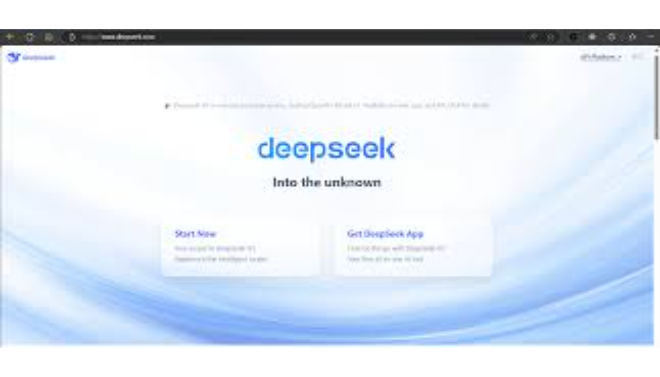
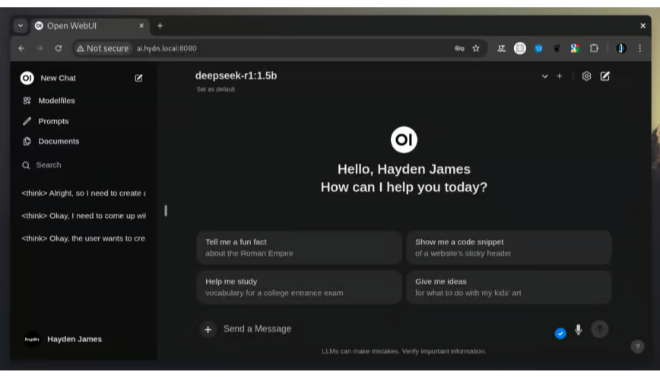
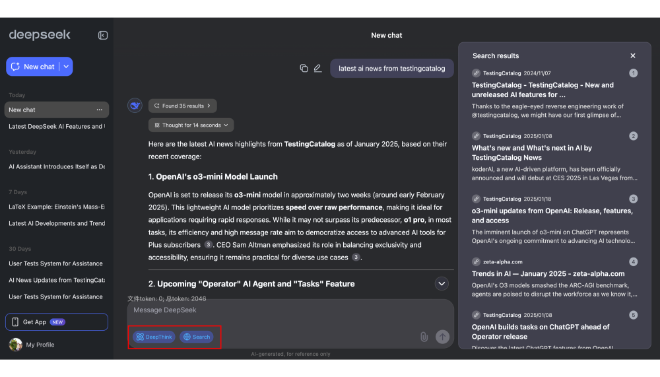
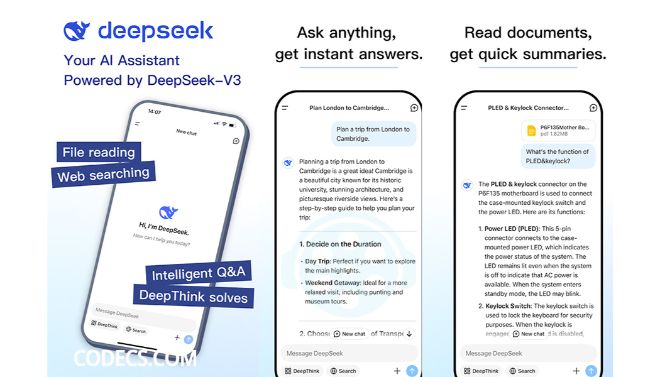
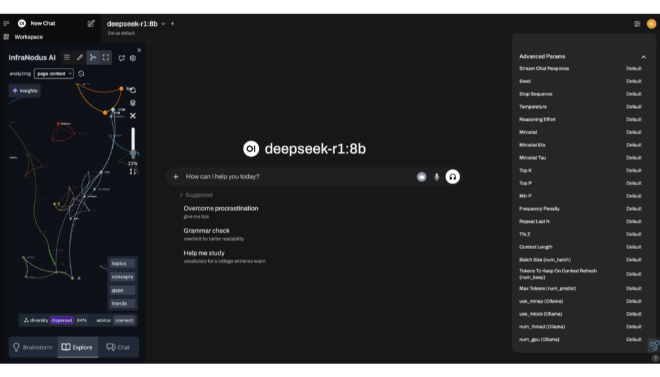
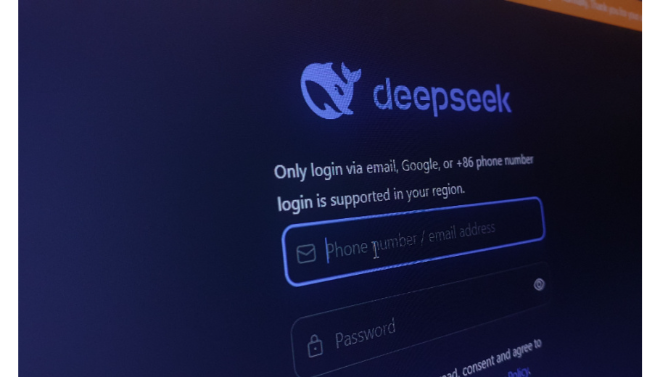






Leave feedback about this